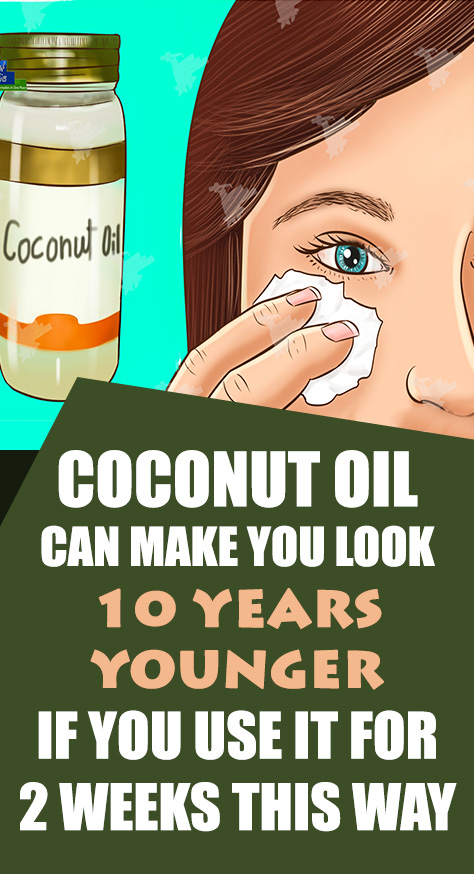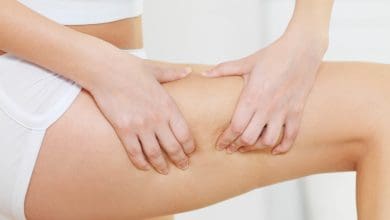Stretch Marks: Causes, Treatment & Prevention
What are stretch marks?
Stretch marks are white or purple lines on the skin. They form mostly in the areas subject to greater stretching and contraction – the abdominal wall, thighs, and armpits. They appear due to overstretching of the skin with a sharp increase in surface area in connection with weight gain, and pregnancy. Under the influence of hormones (corticosteroids), the skin loses its elasticity and even more subtle weight changes induce stretch marks. The surface layers of the dermis are thin, their integrity is broken, and the overlying epidermis atrophies.
In the beginning, stretch marks are flat formations parallel to the stretch lines, with thinning of the skin, and a pink tint, sometimes accompanied by itching. They gradually grow in width and length, becoming darker, and violet. Old stretch marks become whitish, and sunken in relation to the surrounding skin, with an uneven contour. Due to the lack of melatonin in the cells, they do not darken when exposed to the sun and even become more contrasting against the background of the acquired tan.
When do stretch marks appear?
Stia appears in the following cases:
- during pregnancy
- with a sharp increase in body weight
- during the growth spurt in adolescence
- endocrine diseases, most often in Cushing’s syndrome, characterized by increased release of glucocorticoids from the adrenal cortex
- long-term treatment with glucocorticoids
Stretch marks due to pregnancy appear most often on the abdomen and chest. Those that occurred in adolescence during weight gain and growth are observed in the waist area and hips in boys, and in girls – in the hips and buttocks. In obesity, the abdominal wall, armpits, and thighs are affected.
With a longer period of treatment with glucocorticoids (prednisolone, hydrocortisone, etc.), as well as with Cushing’s syndrome, they can appear all over the body and even the face. In these cases, stretch marks cover large areas of the body and are wider and deeper than those resulting from weight gain or pregnancy.
By themselves, they do not pose any health risk, but some of the reasons for their appearance indicate an impaired health condition. For example, if they are the result of a sudden change in weight, they are only an aesthetic problem, but in other cases, they are a symptom of an endocrine disease (Cushing’s syndrome).
If stretch marks appear in combination with other symptoms, such as increased blood pressure, accumulation of fatty tissue in the upper body, as well as the appearance of unwanted hair on the face, chest, upper back, waist, and abdomen, you should immediately consult a doctor.
How to protect yourself from the appearance of stretch marks?
Despite the variety of methods for removing them, doctors are absolutely adamant that techniques such as peeling, massages, and creams are absolutely ineffective.
Old stretch marks almost do not lend themselves to therapy. That is why experts advise that efforts against stretch marks should be aimed not at treating them, but at preventing them.
Their appearance is prevented by not allowing drastic changes in weight, including during pregnancy, the change in the diet to food rich in fiber and complex carbohydrates, and the intake of liquids – mainly water, not sweetened drinks. During pregnancy and in the teenage years, it is recommended to moisturize the skin with cosmetic products. Moisturization of the skin provides higher elasticity and plasticity. It is also recommended to apply body cosmetics containing cocoa butter or shea butter as the main ingredient three to four times a day. The emulsion should be rubbed into the skin of the bust, abdomen, buttocks, sides of the pelvis, and thighs.
Can stretch marks that have already appeared be removed?
It is essential for their therapy to start as soon as possible after their appearance – while they are still red or purple, the stage in which they are amenable to treatment.
The cosmetic and pharmaceutical industries offer numerous products against stretch marks. However, the fact is that few of them are effective. The composition of these cosmetic preparations mainly includes essential oils, plant extracts, collagen, and elastin, which strengthen the skin.
What products can be used for treatment?
Wheat Germ Oil – There is no evidence that this product is effective against stretch marks. A recent study showed only that the oil improves the skin condition of young stretch marks.
Glycolic Acid – Widely touted for its rejuvenating properties, glycolic acid is derived from sugar cane and is part of the alpha hydroxy acid (AHA) family. It causes an increased production of collagen in the skin, which is why the efficacy of the product is due. At least three to four visits to a dermatologist are necessary to establish the first results of AHA therapy. Glycolic acid can be rubbed in at high doses.
Vitamin C – some formulas with vitamin C have the ability to fade scars. The vitamin stimulates the formation of collagen from the skin. It is suitable for treating young stretch marks. For a higher effect, a combination with glycolic acid is recommended. Additionally, taking vitamin C as a dietary supplement is also beneficial. For this purpose, 500 mg is taken during the therapy. of the vitamin three times a day.
Rilastin, products containing peptides – the application of Rilastin in face and eye creams shows an improvement in the elasticity of the skin, but only that. So far, there is no evidence to support the benefits of these ingredients for stretch marks.
Retinoids (this group includes vitamin A) – show an improvement in the formation of collagen and elastin in the treatment of stretch marks in their early stages. Pregnant and lactating women should avoid products with retinoids – vitamin A, retinol, tretinoin, (Retin-A, Differin, Adapalene, Tazorac, Renova, etc.)
Glycolic acid and retinoids – this combination gives better results than using the products separately. While the effect of glycolic acid on stretch marks is still being studied, the combination of glycolic acid, tretinoin, or vitamin C has been shown to be effective in reducing stretch marks with daily treatment after 12 weeks. Retinoids speed up the skin’s repair process in stretch marks applied before the glycolic acid rub-in.
To prevent the appearance of stretch marks, some home remedies such as olive oil or almond oil can also be applied. Plant oils are applied to areas where the risk of stretch marks is increased.
Treatment and prevention
Laser Therapy – This is a therapy widely used by Western dermatologists. Lasers increase the synthesis of new collagen at the site of stretch mark damage. For red or purple stretch marks, V-Beam Laser Vascular Therapy, which treats the swollen and inflamed blood vessels in the skin of the stretch marks, promotes the formation of new skin cells, and improves collagen synthesis. Three to six procedures are required. However, the therapy does not smooth the stretch marks, but only erases their red color, which is due to microscopic hemorrhages. V-beam treatments have a therapeutic effect precisely on these small blood vessels.
Fractional laser is effective in reducing old stretch marks. This laser acts on small areas of the skin, which achieves pigmentation of the lines of the stretch marks and makes them less distinct from the tone of the rest of the skin. It may be necessary to go through several courses of this type of laser therapy. The treatments are expensive.
Although there is an improvement in the condition of the skin, especially when the problem is aesthetic and it concerns wide and deep stretch marks, experts warn that existing methods cannot be expected to completely erase stretch marks. Unfortunately, once they appear and age, they remain a constant aesthetic problem. Therapeutic methods show higher effectiveness in young red stretch marks compared to white ones. When they appear, stretch marks are pink. They turn white in three to four months. Efforts should be directed at the latest during the period when they are pink.

